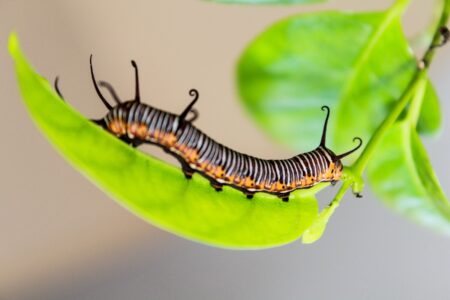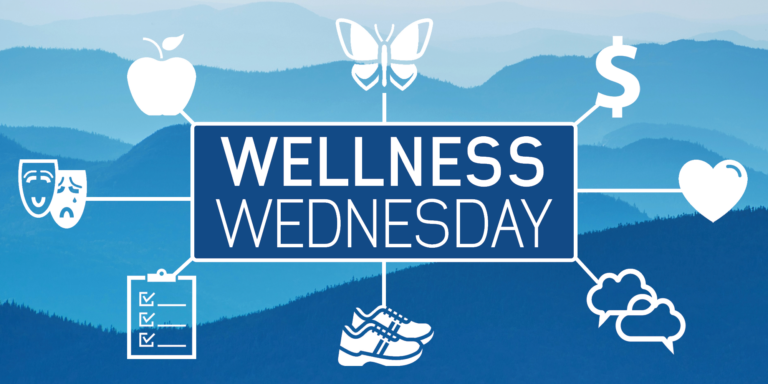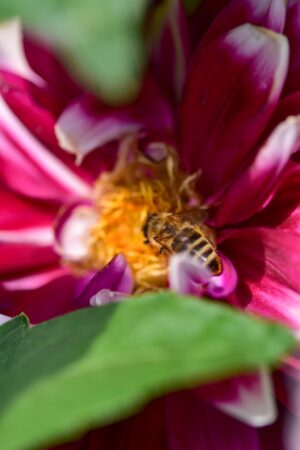Pollinator gardens are a recent concept. Reminiscent of victory gardens promoted during World Wars I and II, these gardens help supplement food supply and boost morale – but for butterflies, bees, moths, beetles, hummingbirds, and other pollinators. These animals perform the crucial ecosystem service of pollination, making it possible for food and flowers to grow! However, many bees and butterflies are habitat-specific and the loss of habitats that provide sites for overwintering, collecting pollen and nectar, or nesting is detrimental to these species.
Bees and other insect pollinators are beset by the same environmental challenges as most species, including habitat loss, degradation, and fragmentation; non-native species and diseases; pollution, including pesticides; and climate change. Much pollinator habitat has been lost to agriculture, resource extraction, and urban and suburban development. Organizations like Asheville GreenWorks have worked with Asheville Parks & Recreation to add pollinator gardens to public parks and greenways, but creating one for your yard, balcony, or deck can be relatively simple with low maintenance and upkeep.

Planting a Pollinator Garden
According to NC State Extension, more than 75% of the world’s flowering plants, including healthy fruits and vegetables, depend on animal pollinators. One of the most important ways you can help pollinators is by filling your space with plants that provide pollen and nectar. To attract butterflies, you will also need to include a variety of larval host plants for caterpillars to eat.
Other important advice from PennState Extension:
- Choose plants native to our area. Native plants share a long evolutionary history with their pollinators, so including a wide variety of natives will make your garden a favorite destination for pollinators. Choose carefully to match the site conditions; natives will flourish without the addition of fertilizers and pesticides. Check out this list of pollinators native to western North Carolina.
- Choose nectar- and pollen-rich flowers with a range of shapes, sizes, and colors. Diversity is the key to a good pollinator garden. Because each pollinator has its own techniques for sourcing nectar and pollen, flowers should be as varied as the pollinators that visit them.
- Avoid modern hybrids. Many garden plants have been manipulated for larger blooms and a show of color and may have lost their ability to produce nectar and pollen. In the breeding process, some flowers become so complex that pollinators can’t locate the nectar. When buying annuals, purchase older heirloom varieties known to have nectar and pollen.
- Have several different plants in bloom from early spring through late fall. Some pollinators emerge in early spring, while others don’t appear until mid-summer, but they all need pollen and nectar while they are active and rearing their young. To maximize the effectiveness of your pollinator habitat, have a variety of plants in bloom throughout the season. Overlapping bloom times will ensure there is always something in your garden to provide nutrition for pollinators.
- Plant in drifts. Pollinators are more likely to find plants in gardens that provide larger drifts of color. When you purchase plants, get at least three or more of one kind—more if you have the room—and plant them near one another.

- Include larval plants for butterflies and moths. Without host plants for butterfly larvae (caterpillars) to eat, there will be no butterflies! So don’t forget to provide this vital food source. Many butterfly larvae can only feed on one or two specific host plants — particularly native trees, shrubs, and perennials — that are vital to their survival.
Whether you’re just looking to make your outdoor view more majestic or specifically want to support pollinators and biodiversity, planting a pollinator garden is an easy way to preserve the natural beauty of Asheville and the North Carolina mountains.

